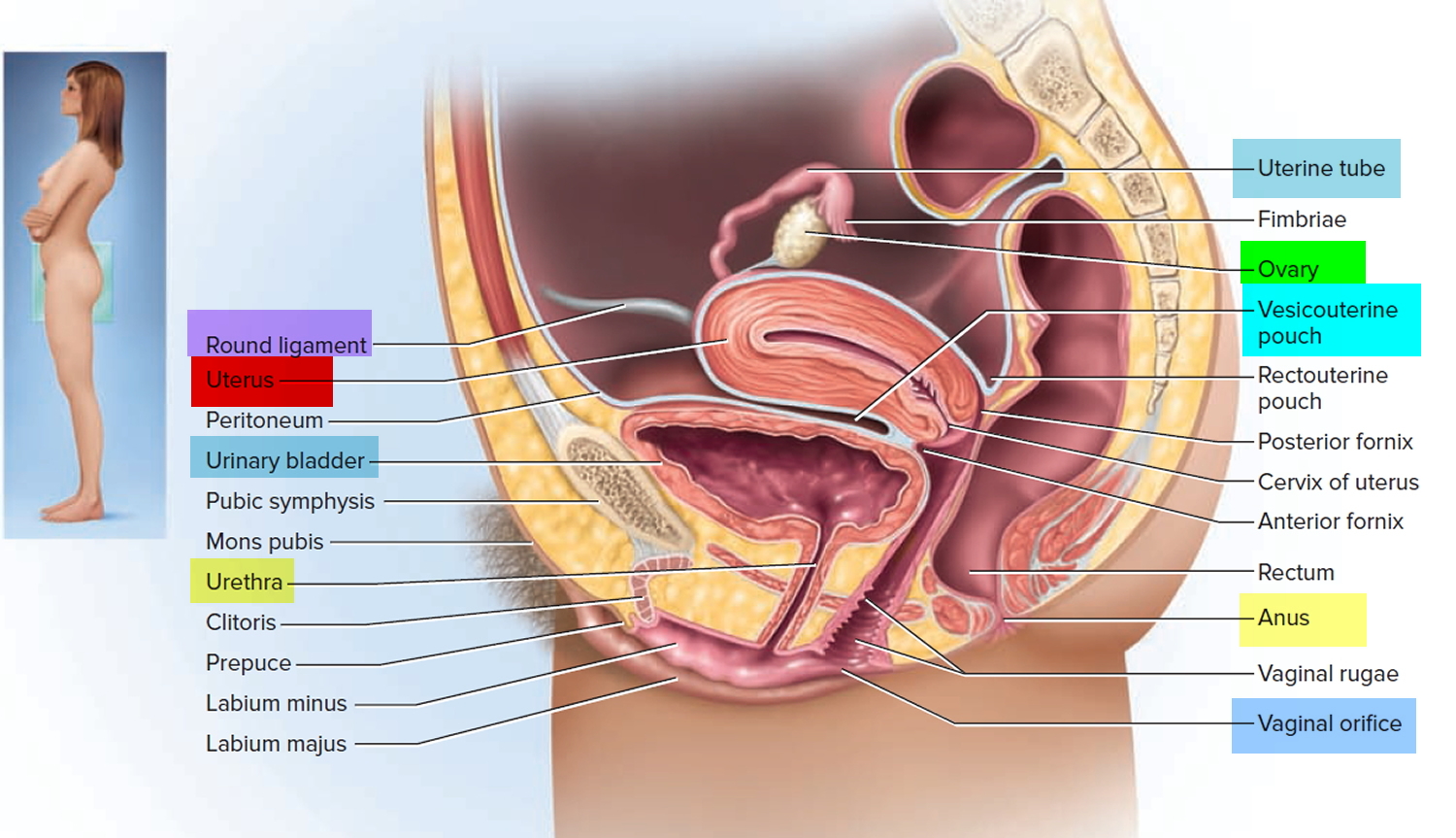Contents
What is a tilted uterus
A tilted uterus, also called a tipped uterus, retroverted uterus or retroflexed uterus, is a normal uterus anatomical variation 1. It shouldn’t interfere with your ability to fall pregnant and have a baby.
In most women, the uterus tips forward at the cervix. About 1 in 4 women, however, has a uterus that leans backward, or tilts, at the cervix. In the past, doctors thought that a tilted uterus might have contributed to infertility. But experts now know that the position of the uterus doesn’t affect the ability of sperm to reach an egg.
Occasionally, a sharply tilted uterus may happen when scar tissues (adhesions) form due to conditions such as endometriosis, infection or prior surgery. Although this may make it more challenging for sperm to reach an egg, conception can still occur. However, in these cases, you may benefit from seeing a fertility specialist.
Figure 1. Normal uterus
Figure 2. Tilted uterus picture
Causes of tilted uterus
Tilted uterus or retroversion of the uterus is common 2. One in 4 women has this condition. The problem may also occur due to weakening of the pelvic ligaments at the time of menopause. An enlarged uterus can also be caused by pregnancy or a tumor.
Scar tissue in the pelvis (pelvic adhesions) can also hold the uterus in a retroverted position. Scarring may come from 2:
- Endometriosis
- Infection in uterus or tubes
- Pelvic surgery
Symptoms of tilted uterus
Tilted uterus almost never causes any symptoms.
Rarely, it may cause pain or discomfort.
How is tilted uterus diagnosed ?
A pelvic exam will show the position of the uterus. However, a tilted uterus can sometimes be mistaken for a pelvic mass or a growing fibroid. A rectovaginal exam may be used to distinguish between a mass and a tilted uterus.
An ultrasound test can be used to see the exact position of the uterus.
Treatment for tilted uterus
Treatment is not needed most of the time. Underlying disorders, such as endometriosis or adhesions, should be treated as needed.
Outlook (Prognosis) for tilted uterus
In most cases, the condition does not cause problems.
Possible Complications of tilted uterus
Atypical positioning of the uterus may be caused by endometriosis, salpingitis, or pressure from a growing tumor.
When to Contact a Medical Professional
Call your health care provider if you have ongoing pelvic pain or discomfort.
Prevention of tilted uterus
There is no way to prevent the problem. Early treatment of uterine infections or endometriosis may reduce the chances of a change in the position of the uterus.
Tilted uterus and getting pregnant
Tilted uterus shouldn’t interfere with your ability to conceive 1.






